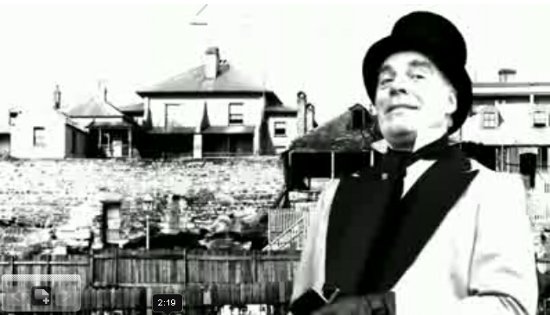We’re celebrating History Week 2012 this week. This year’s theme is Threads: They wore what?!
Long before the fashionistas of today decided ‘the look’, dress was an important element of human expression. From status to style, culture to professional identity, clothes have defined us. History Week 2012 will explore the history of threads and unpick the meaning behind the wardrobes of the past.
The link above takes you to the program of events on the History Council website so make sure you check to see what’s on in your area.
State Records staff have put together a new webpage called The Threads of history in the State archives:
Showcasing some of our archives made from threads and fabrics. Non-paper materials are not common in our collection and the wonderful details, colours and textures captured in these items are a beautiful sight to see.
Attire
Fashion sure has changed in the last 100 years. For instance this head-wear was worn by women working in a cannery in 1925.
 This cap was found in a Murrumbidgee Irrigation Area file – NRS 14511
This cap was found in a Murrumbidgee Irrigation Area file – NRS 14511
Non-clothing cloth
And on a non-clothing, but nevertheless threaded theme, there is this beautiful watercolour-on-silkscreen plan of the town of Leeton, 1913. The plan was designed by architect Walter Burley Griffin and his wife Marion Mahony Griffin prepared coloured sketches on silk.
![Silkscreen Plan of Leeton, 1913 [Document No 224] Silkscreen Plan of Leeton, 1913 [Document No 224]](/wp-content/uploads/2012/09/silkscreen-of-leeton-1913.png) Silkscreen Plan of Leeton, 1913. The plan was designed by architect Walter Burley Griffin; the plan was prepared by his brother-in-law, architect Roy Alstan Lippincott, and; Walter’s wife Marion Mahony Griffin prepared the coloured sketches on silk
Silkscreen Plan of Leeton, 1913. The plan was designed by architect Walter Burley Griffin; the plan was prepared by his brother-in-law, architect Roy Alstan Lippincott, and; Walter’s wife Marion Mahony Griffin prepared the coloured sketches on silk
What else have you seen online for History Week 2012?

